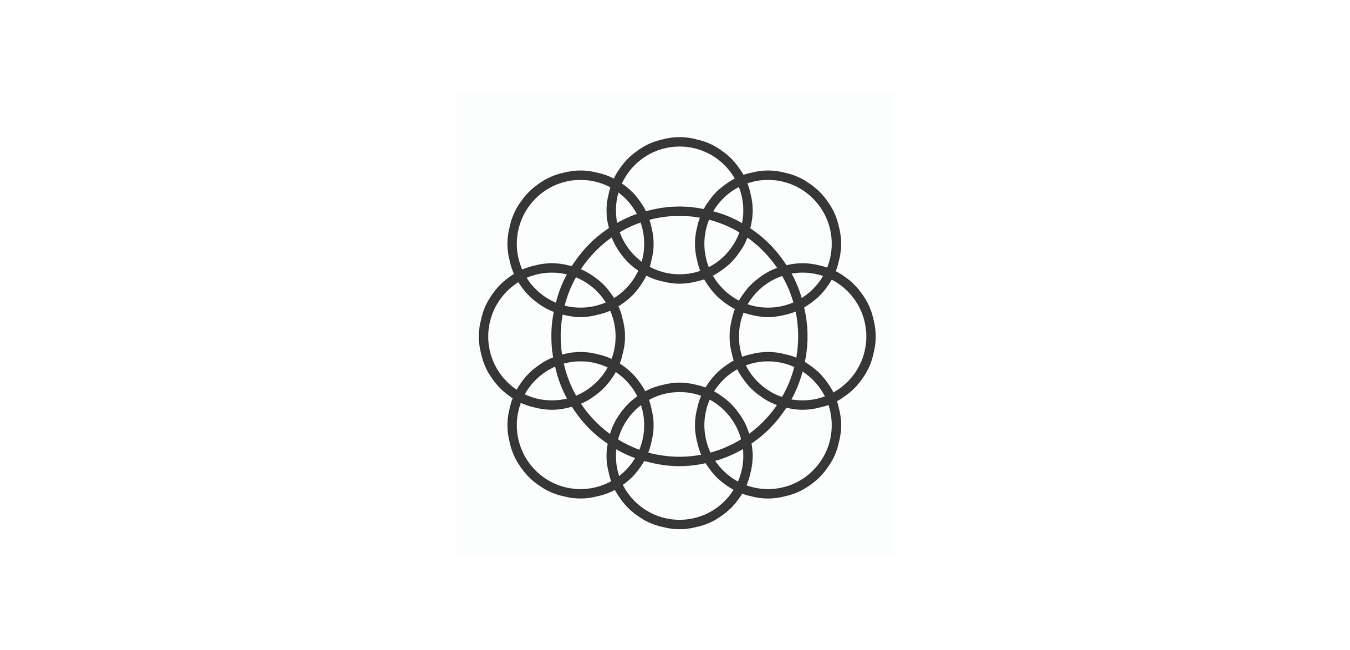I see that it is not exempt from CGT
.
16.3 Works of Art
The interaction of the equivalent UK provisions to section 560 TCA 1997 (Wasting
Assets) and section 603 TCA 1997 (Wasting Chattels) came under scrutiny in 2014 in
the case of Revenue and Customs Commissioners v Executors of Lord Howard of
Henderskelfe [2014 STC 1100]. In that case it was held that a valuable painting on
display in a stately home was an item of plant and therefore, by reference to UK CGT
legislation, a “wasting asset” although sold for an amount in excess of £9m sterling.
In the particular circumstances of that case the painting did not qualify for capital
allowances and it was held to be exempt from CGT.
It was not the intention that such valuable items should be exempt from CGT.
Accordingly, in the light of the UK decision mentioned, it was decided to amend
section 560 TCA 1997 to address this anomaly.
Section 47 Finance Act 2014 amended the definition of “wasting asset” in section
560 TCA 1997 to provide that the section only applies to plant other than plant that
is a work of art. This ensures that the exemption in section 603 TCA 1997 will not
apply to a “work of art”. The term “work of art” is defined to include a picture, print,
book, manuscript, sculpture, piece of jewellery, furniture or similar object.
The amendment applies to disposals made on or after 23 December 2014 (i.e. the
date of the passing of Finance Act 2014).
See also TDM Part 19-07-02, concerning gains which are exempt where the
consideration for the disposal of a chattel does not exceed €2,540.

